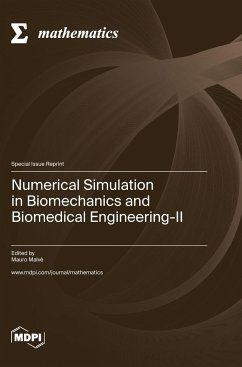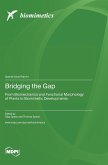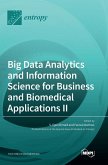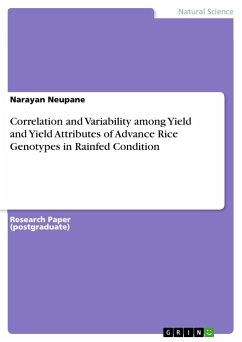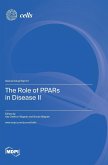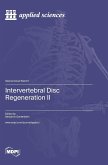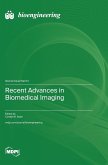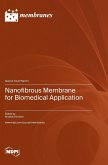This reprint presents a collection of significant contributions to advancement of the application of the mathematical modeling to biomechanics and the biomedical engineering. This publication contains a particularly diverse set of contributions. For instance, Latif and co-authors review the specifications to model the upper airways before mandibular advancement surgery. Calvo-Gallego et al. propose local stress and strain tensors-derived variables as candidates for bone mechanical stimuli. Sohail et al. present a methodology for total knee arthroplasty. Latorre et al. propose the use of estimated strains to develop a methodology for plaque segmentation in arterial vessels. Lertxundi et al. simulate the blood flow and the microsphere transport during radioembolization for liver cancer treatment. Mañosas et al. combine tissue clarification, advanced microscopy and image analysis to develop a one-dimensional computational model of murine microvasculature hemodynamics. Talygin et al. obtain new quantitative parameters that characterize the normal and pathological aorta. Nje¿i¿ et al. analyze the motion of nanoparticles in a ferrofluid environment. Hernández-López and co-workers study the parameter influence on lesion growth using a mechanobiological model of atherosclerosis. Jerbi et al present an adaptive learning tracking controller of a wearable robotic knee system. Gahima et al. introduce a novel formulation for a linear elastic model of a heterogeneous arterial section. Urdeitx et al. develop a novel hybrid 3D agent-based model to study multiple myeloma cell growth. Finally, Bayod et al. evaluate the stress generated by medializing calcaneal osteotomyin in hindfoot and forefoot bones.
Hinweis: Dieser Artikel kann nur an eine deutsche Lieferadresse ausgeliefert werden.
Hinweis: Dieser Artikel kann nur an eine deutsche Lieferadresse ausgeliefert werden.

